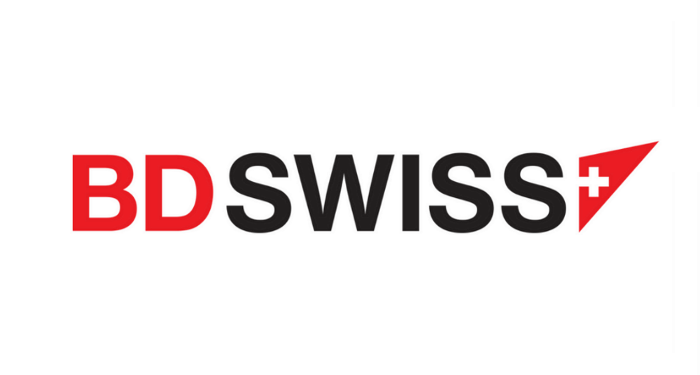Author: Harry Napier
BDSwiss Forex broker review: Features overview

BDSwiss might be amongst the most extensive FX and CFD brokers today, simply because they have so much content and helping materials in comparison to other brokers with similar client rates. Despite not being very reputable objectively, you can learn a lot from them even if you aren’t going to trade here.
There are tons of features, tools, research materials and other stuff that contribute to the client’s success. To make a conclusion whether or not to join them, it’s better for you to know the whole picture.
So, let’s discuss at least some of their inner workings.
What is BDSwiss?
They are a Swiss company, initially. Despite the reputation of Swiss people as the reliable people and great financiers, their origins don’t play any role whatsoever. In fact, their reliability is dampened a bit by the fact that withdrawing money from them takes longer than it would on many other brokers. But that’s the story for another time.
As mentioned, BDSwiss is an accomplished Forex & CFD broker, and their assortment of products signifies this fact clearly enough – there are involved in markets that very often get chosen by CFD traders as the primary money-making spots. That includes:
- Energy and metal commodities
- Shares
- Stock indexes
- Crypto
And Forex is also there. In fact, the currency market is the most lucrative and large on BDSwiss. There are many instruments that help Forex traders with information, advice and, in case of trading software, some routine-improving indicators and other tools.
There are currently 51 trading pairs available for ‘Classic’ accounts (so, most people): major, minor and exotic currencies among them. It adds a good deal of versatility, even if some of these currencies are stuck in only a buying or a selling position. Still, it’s a superb roster.
Account types
Before we go over to the essentials, let’s discuss their available account types. They determine what sort of fees you’re going to pay. Naturally, they charge you for staying overnight, during currency conversions and if you’re inactive for 3 months. But let’s focus on the entirely separate phenomenon – the commissions and spreads.
The accounts are, as follows:
- Classic – min. $100, 0 commissions, min. spread 1.5 pips
- VIP – min. $3000, 0 commissions, min. spread 1.1 pips
- Raw – min. $5000, $5 per trade/contract (for indices and stock), min. 0 pips
There are basically no other changes. It’s unknown whether the ‘Raw’ deal is even ECN or not. If it is, it means it’s going to give you much faster execution. It’s likely ECN, but they never mention it. Both Raw and VIP are given priority service, and that’s about it.

Note that they expect people to trade in CFD at least irregularly. Raw seems pretty lucrative for contract traders, because big amounts of money change hands during it, and it’s much better to pay in fixed commissions than in spreads. You’re still going to pay spreads, but it is better when they are tighter.
CFD is risky enough without extra unpredictability.
Educative sections
So, the learning materials are essential for success in trading (duh!), and here it’s divided into 3 sections: the entry-level information, the advanced-level information and practical instruments.
- Training Academy
The Training Academy section is basically the general knowledge, or entry-level information. There are articles, webinars and videos with a gradual learning curve. These materials mostly tell you stuff that you need to know before starting the trading.
There are ‘advanced’ videos, but they are still dedicated to improving one’s knowledge about trading, and that can still be regarded a way to compensate for the lack of experience and expertise. For regular, there’s even a glossary – a dictionary of trading terms.
The content is arranged rather neatly, and it’s pleasant to read. Basically, it fulfills its purpose well.
- Research
This section is more about getting your facts correctly and receiving news about the current events. There are tons of subsections, including the news, broader news reports, specific analytical reviews, daily portions of news and so forth. It’s more than enough to keep you informed and let you figure many things out on your own.
You shouldn’t underestimate the importance of this content, either – it’s highly significant. Realizing when it’s good to open or close is the different between loss and profit.
- Practical tools
That’s where you go when you actually want to find solid facts that will point you at the right direction. It includes things like economic calendar or signals (aka alerts). That’s one category, these instruments give you solid information about the upcoming events and trend shifts. They are compiled by the specialists and can be trusted.
There is also the Autochartist and the Trends Analysis – both algorithms that help you determine what the current trend is based on the historical knowledge, current shifts and so on. The former can be used independently, but the Trends Analysis tool should be launched exclusively on BDSwiss web trading platform.
They are actually pretty similar in nature, and it’s good of BDS to allow both algorithms and not restrain people to just one choice.
Summary
BDSwiss is a good enough broker. They have some problems, but they don’t have much to do with the actual content they offer around here. And the content, for its part, is rich. There’s a lot of it. You can learn a lot, trade in many different ways and build different strategies with the help from tools they provide here.
Judging by content alone, BDSwiss broker is awesome.
